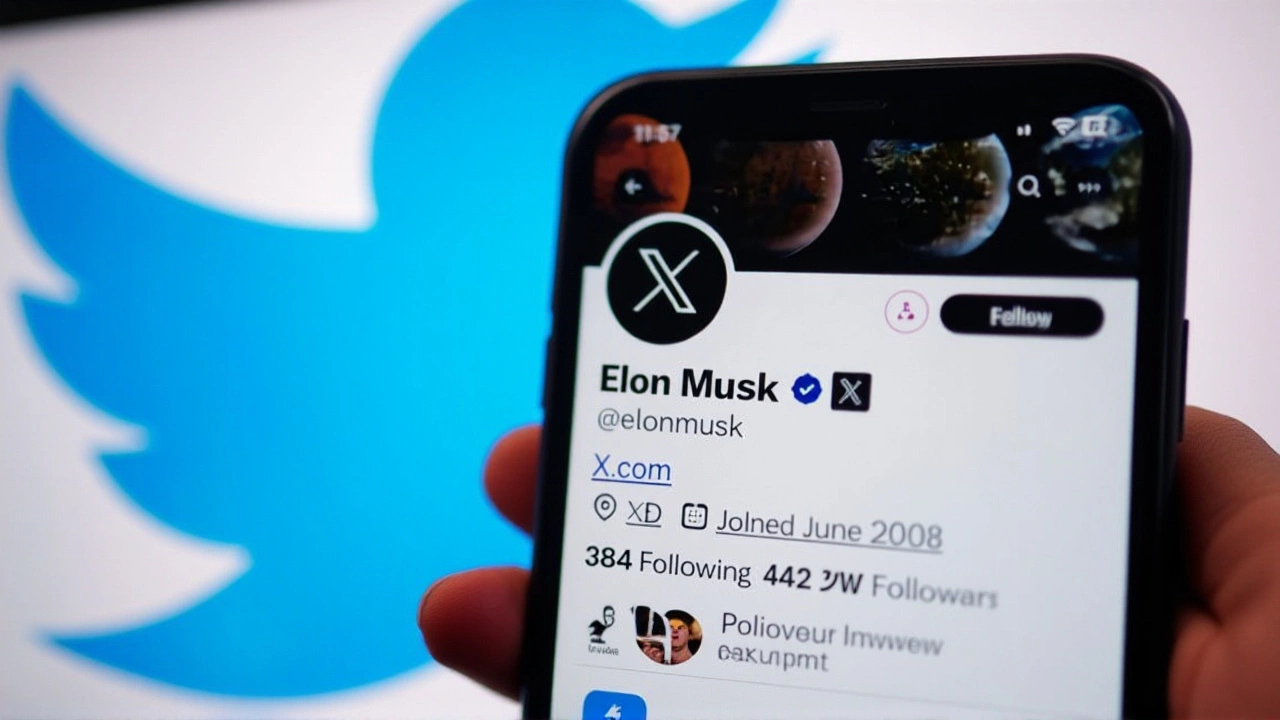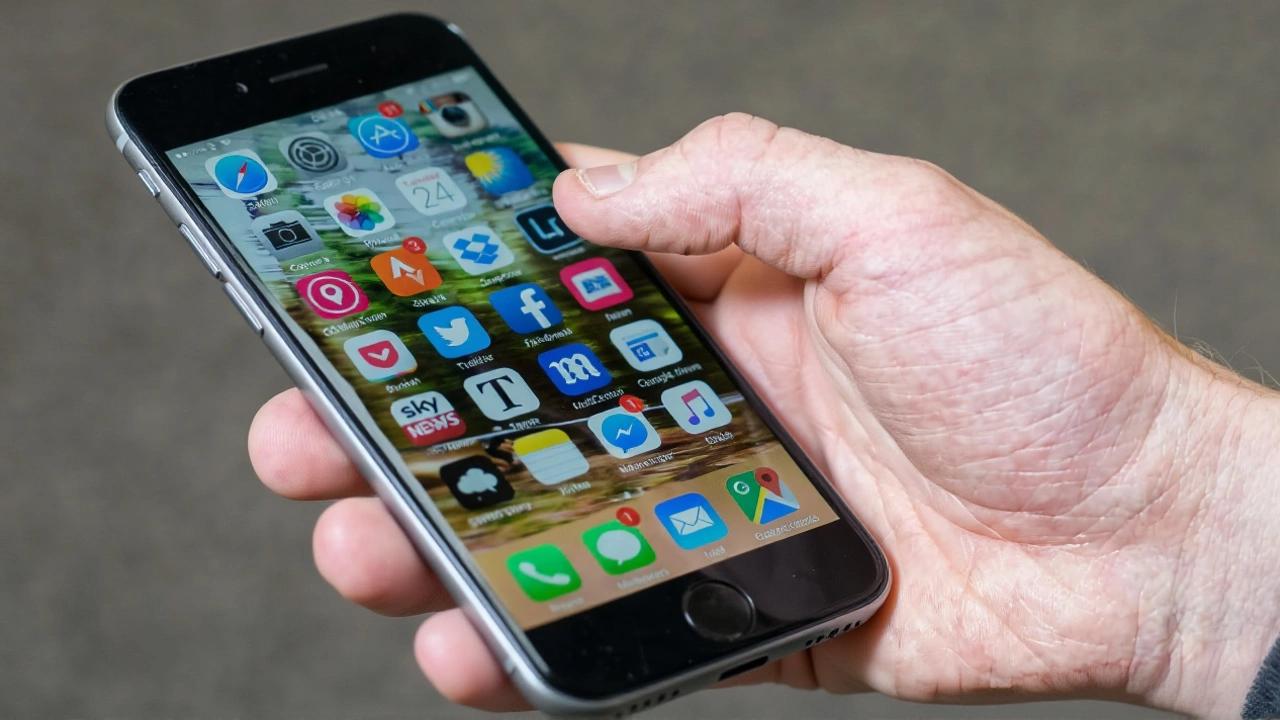On November 18, 2025, a single point of failure in Cloudflare’s infrastructure brought down a huge chunk of the internet — including OpenAI’s ChatGPT, X Corp.’s X, Zoom Video Communications, Inc.’s Zoom, and Spotify AB’s music streaming platform. Users woke up to error messages, spinning loading icons, and silence where their favorite apps used to be. The outage lasted for hours, with reports of ongoing issues as late as 5:19 AM Eastern Time. By midday, Cloudflare had restored service — and issued a rare, unvarnished apology: "We know we let you down today." Here’s the thing: this wasn’t some minor glitch. Cloudflare handles traffic for nearly 20 million websites and services worldwide. When it stumbles, the whole web feels it. And on this Tuesday, it didn’t just stumble — it collapsed.
How One Company Took Down the Internet
Cloudflare, founded in 2009 by Matthew Ivan Prince, Michelle Zatlyn, and Lee Holloway, operates as the invisible backbone of the modern internet. It’s the middleman between your browser and the website you’re trying to reach — handling speed, security, and reliability for giants like OpenAI, X Corp., and Spotify AB. Its CDN, DNS, and DDoS protection services are so deeply embedded that most companies don’t even have backups. They just trust Cloudflare. And that trust broke. According to Tom’s Guide’s live blog, users in North America, Europe, and Asia-Pacific reported simultaneous failures. Spotify playlists froze. Zoom meetings dropped mid-call. ChatGPT returned nothing but a blank screen. X, the social platform owned by Elon Reeve Musk, went dark for hours. Even Cloudflare’s own customer portal was unreachable for some. The scale was staggering — and terrifying.The Apology That Said It All
By midday, Cloudflare released a public statement, confirmed by Campaign Live. No excuses. No jargon. Just: "We know we let you down today." That line stuck. Because it was true. Most tech companies spin out PR statements full of "unforeseen technical challenges" and "rigorous investigations underway." Cloudflare didn’t. They owned it. And that honesty, while small, mattered. It signaled a company that knew its role in the digital ecosystem — and that its reputation was on the line. The apology didn’t explain why it happened. No one’s released the root cause. Was it a bad code push? A misconfigured server? A cyberattack? The silence speaks volumes. In an era of AI-driven automation, where infrastructure is supposed to self-heal, the fact that a human error — or a single system failure — could knock out global services is a wake-up call.Who Got Hit — And How Badly?
The Citizen Times in Asheville, North Carolina compiled the clearest list: Spotify, Zoom, X, and ChatGPT. But "and others" — as noted by the Los Angeles Times — suggests the list was longer. Smaller platforms, SaaS tools, even e-commerce sites relying on Cloudflare’s free tier likely went dark too. For businesses, the impact was immediate. Remote teams couldn’t meet on Zoom. Marketers lost access to X for real-time engagement. Students and professionals couldn’t use ChatGPT for research or drafting. Spotify users? They just sat there, headphones on, music gone. No financial figures were released, but the cost? Likely in the tens of millions. For every minute ChatGPT was down, OpenAI lost potential enterprise users. For X, it meant missed ad revenue and engagement metrics cratering. For Spotify, it meant subscribers wondering if the service was stable.
Why This Matters More Than You Think
This outage wasn’t just inconvenient — it was a vulnerability exposed. We’ve spent years talking about cloud monopolies. Amazon Web Services. Google Cloud. Microsoft Azure. But Cloudflare? It’s the quiet giant. You don’t hear about it unless something goes wrong. And when it does, you realize: the internet doesn’t run on a thousand independent systems. It runs on a handful of critical nodes. It’s like the power grid — but for data. And we’ve built our entire digital economy on top of it without a backup plan. The fact that Cloudflare serves 20 million domains means its failure isn’t an anomaly — it’s inevitable. The question isn’t if it’ll happen again. It’s when.What’s Next?
Cloudflare says it’s conducting an internal review. That’s all we know. No timeline. No promises. No public audit. But pressure is mounting. Investors are watching. Cloudflare’s stock, traded on the NYSE under ticker NET, dipped slightly after the outage — a small but telling signal. Customers are asking: "Should we still rely on you?" Meanwhile, companies are scrambling. Some are starting to explore multi-CDN strategies. Others are building fallback DNS. A few are even considering self-hosting critical infrastructure — a costly, complex move, but one that’s no longer just "enterprise paranoia." The real test won’t be whether Cloudflare fixes its systems. It’ll be whether the rest of the internet learns to stop depending on one company to keep it alive.
Historical Context: This Isn’t the First Time
Back in 2021, a single misconfigured command at Fastly — another CDN provider — took down Reddit, Amazon, and the BBC in minutes. That outage lasted under an hour. This one? Lasted longer. And affected more high-profile services. In 2019, a Cloudflare outage itself knocked out major sites for 45 minutes — but that was limited. This was global. This was deep. This was personal. And it came at a time when AI tools like ChatGPT are being used for everything from homework to legal briefs. When video conferencing is the new office. When music streaming is how people start their day. The internet isn’t just infrastructure anymore. It’s life support.Frequently Asked Questions
How long did the Cloudflare outage last?
The outage began at an unspecified time on November 18, 2025, with reports of ongoing issues until at least 5:19 AM Eastern Time. While Cloudflare confirmed resolution later that day, no exact restoration time was disclosed. Based on user reports and live updates, the disruption lasted between 6 and 9 hours, affecting users across multiple time zones.
Which services were affected by the outage?
At least four major platforms were confirmed down: ChatGPT (OpenAI), X (X Corp.), Zoom (Zoom Video Communications), and Spotify (Spotify AB). Additional services using Cloudflare’s infrastructure — including smaller SaaS tools and websites — were also impacted, though not publicly listed. The outage was global, affecting users in North America, Europe, and Asia-Pacific.
Why did Cloudflare’s outage have such a wide impact?
Cloudflare acts as the intermediary for nearly 20 million websites and services, managing traffic routing, security, and performance. Many companies don’t maintain redundant infrastructure because they trust Cloudflare’s reliability. When its systems failed, those dependencies collapsed — not because of a direct attack, but because there was no backup path. It’s like a single bridge collapsing on a highway with no detours.
Is this the first major outage Cloudflare has caused?
No. Cloudflare experienced a notable 45-minute outage in 2019 that affected major sites, and Fastly’s 2021 outage demonstrated similar fragility in CDN networks. But this 2025 incident was the most widespread and high-profile, hitting AI, social media, video conferencing, and music streaming platforms simultaneously — making it one of the most consequential internet disruptions in recent years.
What’s Cloudflare doing to prevent this from happening again?
Cloudflare has confirmed it’s conducting an internal review but has not released details on technical fixes, staffing changes, or system redesigns. No public audit or timeline for improvements has been shared. Industry analysts are urging transparency, especially since the company’s apology acknowledged systemic failure — not just a bug.
Should businesses stop using Cloudflare?
Not necessarily — but they should reconsider blind trust. Many experts now recommend multi-CDN strategies or hybrid setups with fallback DNS providers. For mission-critical services, building redundancy is no longer optional. The outage proved that even the most reliable providers can fail — and when they do, the cost isn’t just technical. It’s reputational, financial, and sometimes, personal.
